Dollar Squeezed From All Sides
 Friday, March 14, 2008 at 02:45PM
Friday, March 14, 2008 at 02:45PM Ordinarily, it only takes one major setback to drive down the value of the dollar: huge trade and current account deficits, falling Federal Reserve interest rates, rising U.S. inflation or a loss of confidence in the U.S. economy.
But the United States is grappling with all of those economic problems at once, and yesterday that sent the dollar to record lows against the euro and pushed it below 100 yen for the first time since 1995. Gold topped $1,000 an ounce as investors sought to invest in something they thought would retain value.
"It's a potent mix," said Kenneth Rogoff, professor of economics at Harvard University and former chief economist of the International Monetary Fund. "The dollar could drop much further."
"It's not clear that we know how to get out of this," said Edwin M. Truman, senior fellow at the Peterson Institute for International Economics and former head of the Federal Reserve's international finance division. He said that a number of factors go into currency markets but that for the dollar, "all the factors are pointing in the same direction." He added, "the notion that the United States is at top of its game is not there."
The slide in the dollar has contributed to higher prices for commodities and imports. Combined with the high price of crude oil, which yesterday remained more than $110 a barrel, it has added to inflation that could limit the ability of the Federal Reserve to cut interest rates to stimulate the lagging economy. If the Fed does cut rates, it will depress the dollar further because the European and Japanese central banks show little inclination to trim their rates.
"Policymakers are in a dilemma," said Robert Hormats, vice chairman of Goldman Sachs (International). With recession looming, Hormats said, "the Fed is not going to raise rates to stop the dollar from going down. It can be concerned, but there's nothing the Fed can do to stop it from going down further."
One bright spot: The U.S. trade and current account deficits have dropped considerably since 2006, and U.S. exports have climbed. But Harvard's Rogoff said just to shrink the trade deficit to a more sustainable size could require an additional 10 to 15 percent drop in the value of the dollar.
Even then, the dollar could remain under pressure if recession or slow growth makes the U.S. economy a less alluring place for Americans or foreigners to invest compared with Europe or fast-growing emerging markets. Moreover, if the shock waves of the subprime mortgage debacle continue to rattle big hedge funds, investment houses and banks, that could also scare investors away.
Rogoff said that if concern about the dollar, as well as inflation, does prevent the Fed from cutting rates further, the board could be forced to come up with "other creative ways to stop the free fall" in domestic credit and real estate markets, much as it did this week.
While the economic cycle will turn in the United States, long-term trends could undermine the dollar's value. "One very important factor is the creation of the euro and its rise as a global currency," said C. Fred Bergsten, director of the Peterson Institute. Before the euro was introduced in 1999, he said, "the U.S. dollar had no competition. There was no one our size. That's all changed."
In the short term, the dismal dollar could create pressure for the Bush administration to intervene in foreign-exchange markets. The United States has only intervened on two days since August 1995, once to bolster the yen and once to bolster the euro.
Yet intervention against the euro and yen will do little to rebalance the overall value of the dollar because such moves would not affect the dollar's value against the Chinese yuan, whose fluctuation is controlled by the Chinese government. Although China agreed three years ago to gradually let its currency increase in value, it has only appreciated about 15 percent against the dollar and barely at all against other currencies.
By keeping it currency cheap, China has bolstered its exports and its huge and growing trade surplus. "It's a humongous international imbalance that is still going in the wrong direction. At least the U.S. [trade] deficit is coming down," Bergsten said. He said that China spent $60 billion in February to slow the rise in the yuan, even more than it had spent in recent years.
Some economists said the United States could turn to trade mechanisms to persuade China to let its currency appreciate. Trade agreements could allow the United States to put tariffs on Chinese goods, with the rationale that the cheap currency is essentially a subsidy for Chinese exports. But that would be a politically sensitive move that the Bush administration has shown no sign of taking.
Even if China adjusted its currency more, it remains unclear whether the dollar could avoid a long-term downward march. The dollar to a large extent is a reflection of an economy that swallows up two-thirds of the world's surplus savings to pay for its own deficits.
"We're a very heavily borrowed and indebted economy," Hormats said. "If we're going to draw any good from this troubled environment, it is that it's a wake-up call for the country to live more within its means and not go on borrowing sprees that increase dependence on borrowing and foreign capital."
Source: http://www.washingtonpost.com/wp-dyn/content/article/2008/03/13/AR2008031303620_pf.html















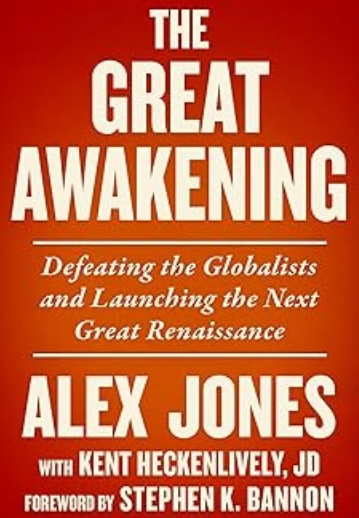










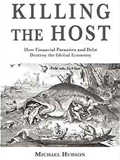




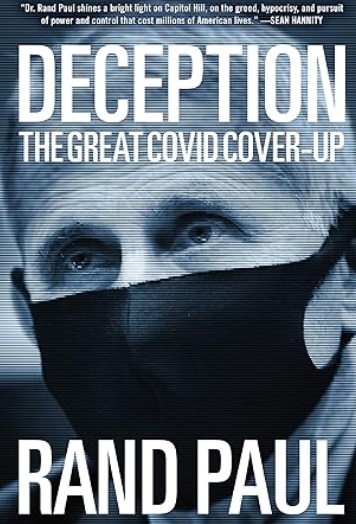










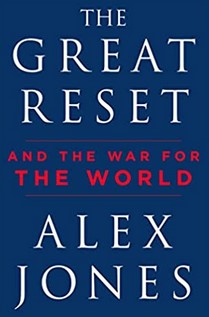












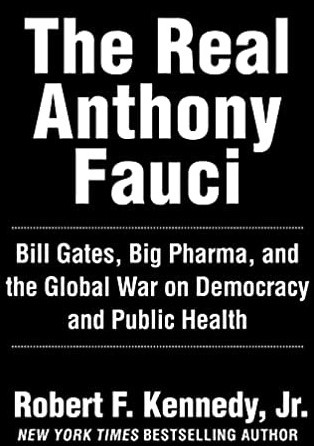


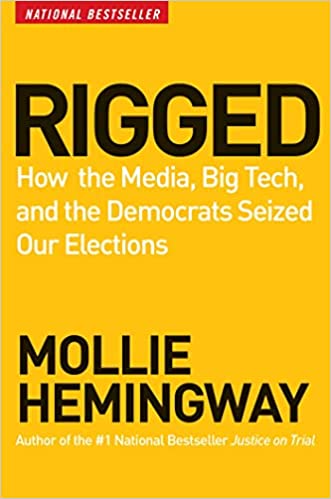
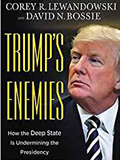









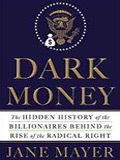


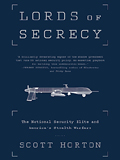







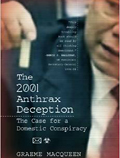




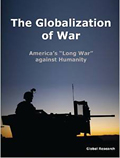
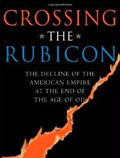
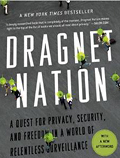




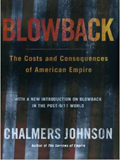




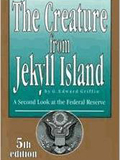




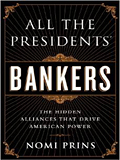



























Reader Comments